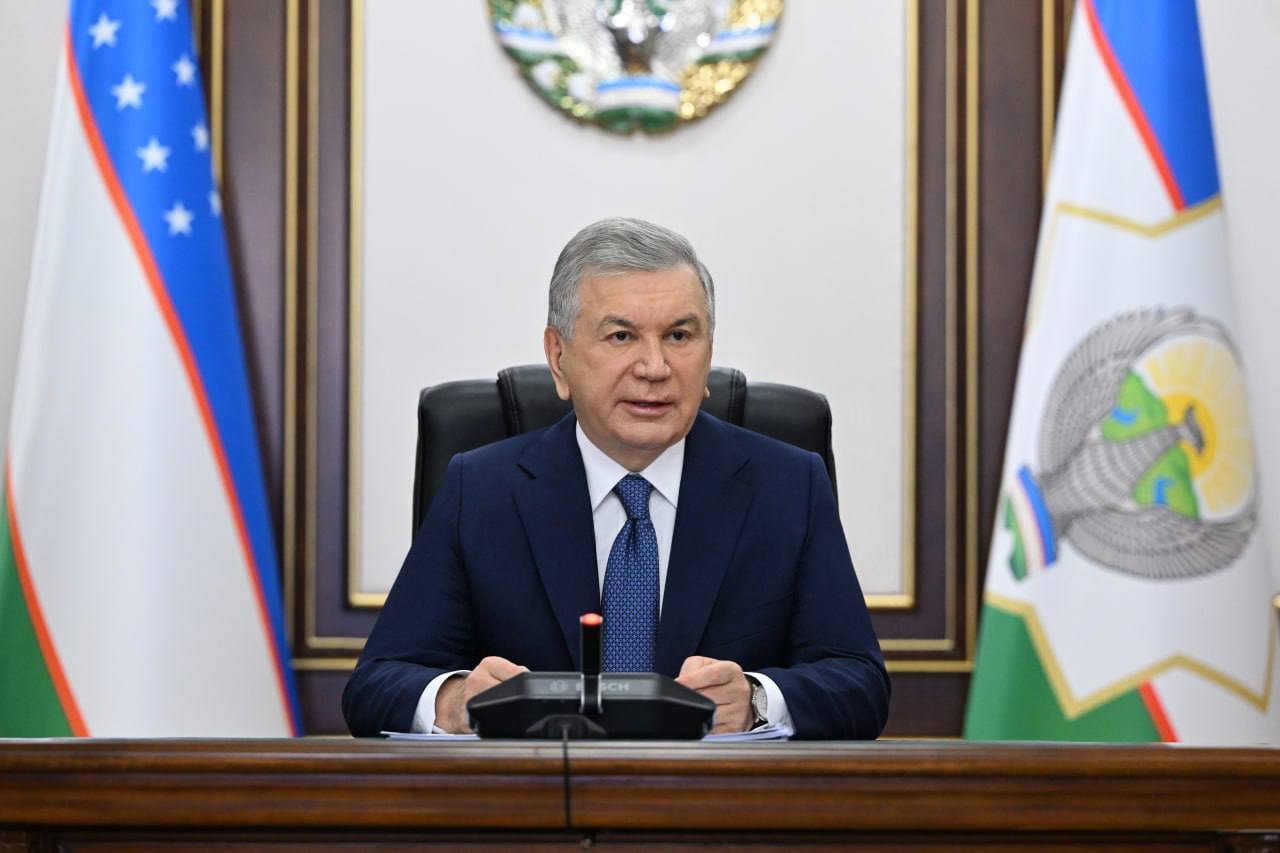President Shavkat Mirziyoyev convened a meeting on July 31 to address the digitalization and expanded application of space data within the agricultural sector, as reported by the President’s press service.
This meeting follows a prior video conference dedicated to augmenting the production of fruits, vegetables, and overall food supplies. During these discussions, President Mirziyoyev emphasized the imperative of optimizing land utilization and enhancing efficiency within the agricultural domain.
The availability of precise data and its sophisticated analysis are of paramount importance. The “Uzbekcosmos” agency, established under the President’s initiative, offers significant capabilities in this regard. Presidential Decree No. 14, issued on October 2024, mandates the integration of aerospace technologies across economic sectors.
Specifically, these technologies facilitate objective assessments of current conditions and the identification of challenges in agriculture and water management. Over the past two years, space-based monitoring has covered more than 4 million hectares of agricultural land, revealing discrepancies such as the absence of cotton cultivation in areas reported as such, and instances of cultivation on reserve lands or plots with undefined ownership.
Consequently, the implementation of a remote monitoring system to oversee the designated use of state-allocated agricultural loans has been mandated.
In light of climatic shifts and water scarcity, new drought-resistant varieties and agricultural techniques are being introduced. However, existing irrigation standards are outdated and no longer aligned with current demands. Similarly, the hydro-modular zoning method is obsolete, leaving over 3,000 farmers in downstream areas without adequate water supply.
The task has been set to comprehensively revise irrigation norms and the hydro-modular zoning system, engaging scientific institutions within the agricultural and water management sectors.
Emphasis was placed on the ongoing lack of precise accounting for water consumption by farming enterprises. As a result, the digitalization of all stages of water use and the implementation of per-contour water accounting have been directed.
Until recently, reservoir capacity was calculated based on design specifications. Over the past two years, a bathymetric analysis of 60 major reservoirs was conducted for the first time, revealing capacity reductions in some reservoirs due to siltation.
In response, the installation of “smart” meters at all reservoirs, the establishment of online water volume monitoring, and the implementation of measures to mitigate siltation have been ordered.
“Land and water are critical to the future of our entire agricultural sector,” stated Shavkat Mirziyoyev.
The meeting also gave particular attention to issues of digitalization.
Presently, farmers access over 30 different platforms for land, credit, subsidy, and agricultural service matters. To streamline these processes, a unified integrated platform, “Digital Agriculture,” will be launched.
Farmers will have the autonomy to determine their crop selection, with the responsibility of entering planting information into the platform. This will enable the early identification of primary, secondary, and “ninety-day” planting volumes, which is crucial for ensuring food security, price stability, and farmer income.
A commission on food security, led by Deputy Prime Minister J. Kuchkarov, has been established. Preferential loans and subsidies will be allocated to expand the production of in-demand products.
Plans are also in place for the widespread adoption of unmanned aerial vehicles (drones) in the agricultural sector. Over 100 modern drones are expected to arrive in the country this fall. The expansion of private sector involvement in this area and the provision of drone-based services to farmers have been mandated.
The necessity of creating a legal framework to prohibit straw burning was also highlighted.
Space data also contains critical information pertaining to construction, cadastral matters, non-metallic mineral deposits, and forest and pasture lands. Ministries and local governments have been tasked with analyzing this data and preparing corresponding plans.

